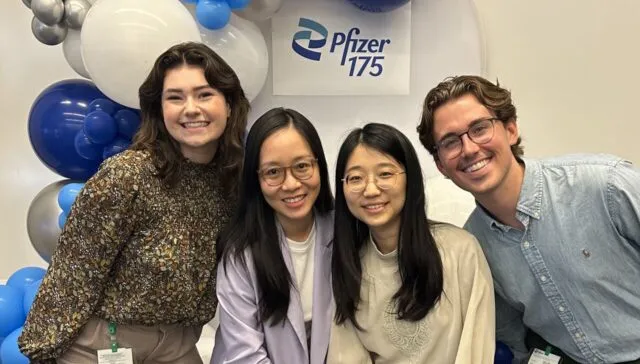It’s the end of the world as we know it, but we feel fine: Prevention vs. Treatment pt.1

The world, as we know it, may just have been saved. Had SARS-CoV2, aka COVID-19, emerged 50 years ago, it would have continued to rampage through the world’s populations for decades until every last susceptible human had been exposed and either survived or died. While COVID-19 is still exacting a terrible price on the world’s population, an end, of sorts, is in sight because of a simple public health concept, prevention, and a not-so-simple execution of that concept through the development of remarkably, perhaps unexpectedly, effective vaccines.
The rapidity with which these vaccines emerged seemed to rival that of world-saving medicaments concocted within hours in zombie apocalypse movies. But the development of these real-world vaccines did not happen overnight or even over a few months. The underpinning for the COVID-19 SARS-CoV2 RNA vaccines was built through years of basic science research: Rapid and economical DNA sequencing had to be developed in order to expeditiously decode the SARS-CoV2 genome found in COVID-19, especially the gene encoding the “spike” protein—a critical outer component of the virus. It is this key protein that enables the virus to enter human cells. Paradoxically, it also represents the most attractive target for a properly educated immune system, that is, an immune system that has seen enough of any part of the virus to generate a powerful response on actual infection.
A basic understanding of how the genetic code is transcribed into RNA and then translated into the proteins that make up the virus had to be established before spike protein-encoding messenger RNA could be synthesized. No doubt, countless experiments with various forms of nanoparticles had to be completed before we understood how they could be made into “nano-packages”. It took time before understanding whether these specific packages could deliver the engineered messenger RNA to specialized immune cells in a way that would induce other immune cells to attack the encoded protein and the virus on whose surface the protein is deployed.
The point?
The point is that the development of such a formidable preventative requires years of investment in basic public health infrastructure and basic science that is practiced almost as a religious act of faith that it will yield something that turns out, well, to save the world as we know it.
Who wins the battle of prevention vs. treatment?
Investment in prevention always outperforms investment in treatment. Consider the costs of the COVID-19 pandemic, not only in terms of human lives but also in terms of the cost of the medical treatment required to keep literally millions and millions of patients alive for weeks on end. Numbers were estimated to be between $51,000 and $78,000/patient. One COVID-19 vaccine costs the U.S. government between $15 and $35, or about as much as a couple of weeks of coffee at your nearby craft brewer.
How does that kind of prevention not make sense? Now consider this…the same kind of prevention is now feasible in the context of cancer, as long as the investment in emerging technologies is made. In the next installment of this blog, I will describe how the Sherr lab is using novel molecular biology technologies to predict the outgrowth of cancer before it happens and inventing non-toxic drugs to intercept cancer by educating and enhancing our most formidable defense against it, our own immune systems.
Continue this series with the next installment on how we can change the conversation around cancer.
David H. Sherr, PhD is a professor of Environmental Health at Boston University School of Public Health. His research has focused on the molecular mechanisms that initiate and maintain breast and other cancers. Dr. Sherr has conducted research on how common environmental pollutants, such as dioxins, polycyclic aromatic hydrocarbons, and PCBs, activate a receptor (the “AhR”) in malignant cells. AhR activation enables these cells to shut down anti-tumor immune responses. In the most recent studies, the Sherr laboratory demonstrated that the AhR is also activated by endogenous chemicals produced in high levels by cancer cells. The consequence of AhR activation in malignant cells, either by endogenous or environmental chemicals that mimic the natural, endogenous chemicals, is the aberrant expression of key “immune checkpoints,” the master inhibitors of cancer immunity. Consequently, the Sherr lab has developed non-toxic inhibitors of the AhR that may serve as cancer preventatives or immunotherapeutics with the end goal of enhancing a natural and potent anti-cancer immune response.




